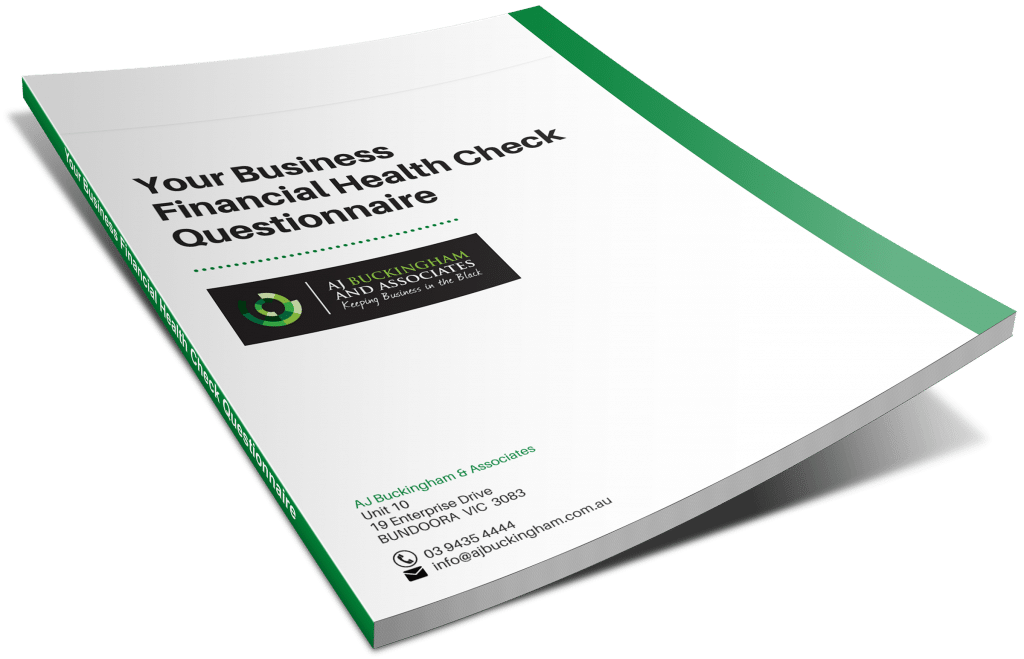We consistently write about the importance of your website as a tool to reach your customers and potential customers. For many business owners it is a major cost to build and the tax treatment will depend on when you spend the money, before you start the business or after you commence operations.

Claiming Website Costs
If you spend the money before your business starts, you can claim the costs over a five year period once you start operating. If you spend the money after your business commences there are different ways of claiming a deduction.
Depending on the cost, you’ll either be able to claim the full deduction in that year, or you’ll need to claim it over a number of years.
If you’re a small business with an aggregated turnover of less than $2 million, you can choose to claim the costs using the simplified depreciation rules. If you have chosen to do this and the cost is:
- less than the instant asset write-off threshold ($20k after May 12, 2015), you can claim a deduction for the full amount in the income year you incur the expense.
- equal to or more than the instant asset write-off threshold, you allocate it to a general small business pool.
You cannot use the simplified depreciation rules if you’ve chosen to allocate expenditure on the software to a software development pool. From 1 July 2015, in-house software expenditure incurred and allocated to a software development pool is deductible over five years.
If the simplified depreciation rules do not apply, you can claim a deduction for website costs over five years if you incurred them on or after 1 July 2015. If the expense is:
- in-house software, you deduct 20% of the cost per year
- included in a software development pool, you deduct different proportions of the expense each year.
You can only allocate expenditure to a software development pool if it was to develop software, not to buy software off the shelf.
Claiming Ongoing Running And Maintenance Costs
You can also claim an outright deduction for some ongoing expenses associated with running and maintaining your website in the income year the expense is incurred. Some examples include domain name registration fees and server hosting costs.
Example 1
In July 2015 your small business bought a $2,000 website hosting package. You also have to pay service fees of $50 a month, plus $50 a year for the domain name. You can claim a deduction of $2,000 in your 2015-16 tax return under the simplified depreciation rules, and a deduction for the monthly and yearly fees in the year you incur those expenses.
Example 2
You set up a software development pool in 2012 when you set up your business’ first website. In August 2015, you incurred $4,500 in costs to update the software behind the website. You have to allocate this expenditure to the software development pool and can claim a deduction for it over 5 years.
Stay tuned
The ATO is also developing a public ruling on the deductibility of website development costs. It is consulting with tax and industry representatives to discuss the issues and scope of the ruling. More detailed information will be available after the public ruling has been developed.

Depending on the size of the business, the new rules may require employers to check that they have a software solution that can provide the necessary data and files or that they appoint an external provider. Employers can utilise the services of a superannuation clearing house, which is a service that receives one file and one payment from an employer and transfers payments and data to multiple superannuation funds in the required format.
The Federal Government operates a free clearing house service for employers with fewer than 19 employees or with aggregated turnover of less than $2million called the Small Business Superannuation Clearing House.
Self-Managed Super Funds (SSMF)
Self-Managed Superannuation Funds receiving employer contributions must be able to receive the electronic payment and data details. Business owners with their own self-managed fund are excepted under the related party ruling and no action is necessary. Other Self-Managed funds will need to engage a SMSF messaging service provider. The ATO has established a register of SMSF messaging service providers at:

